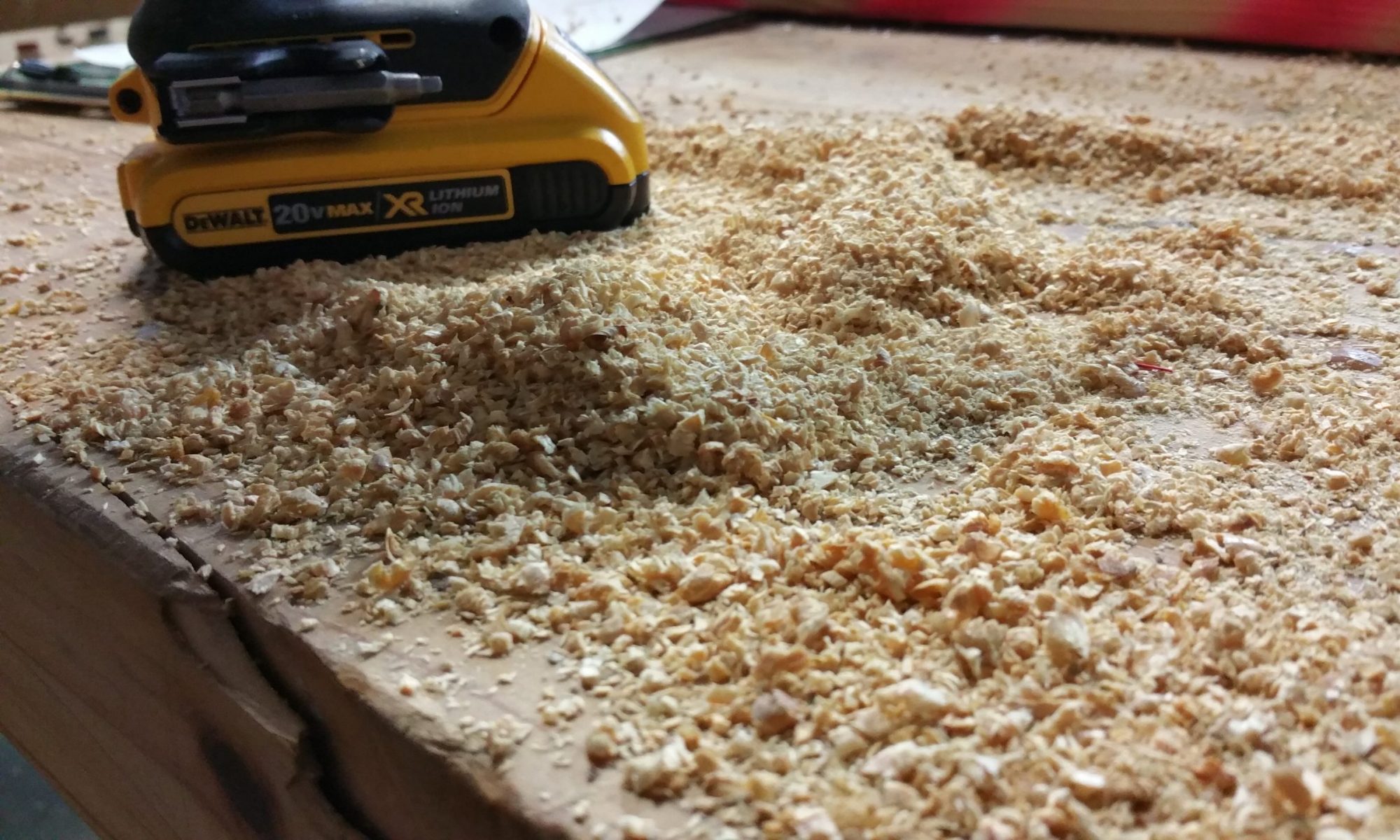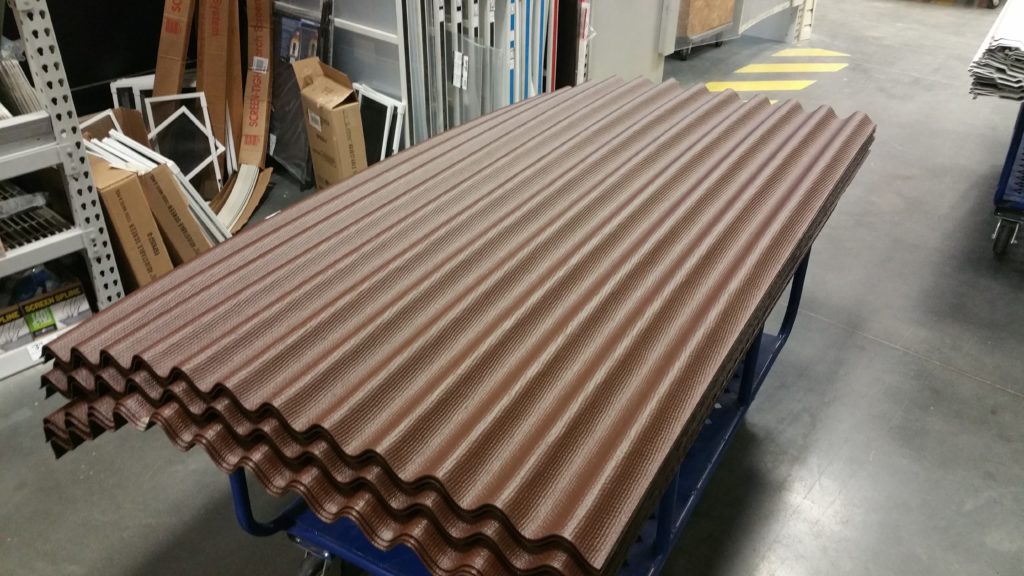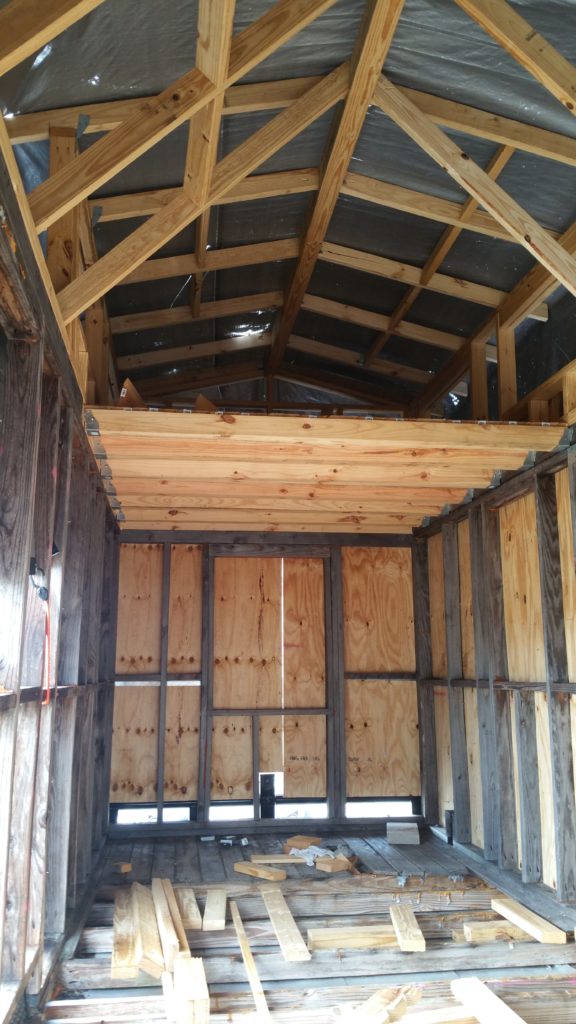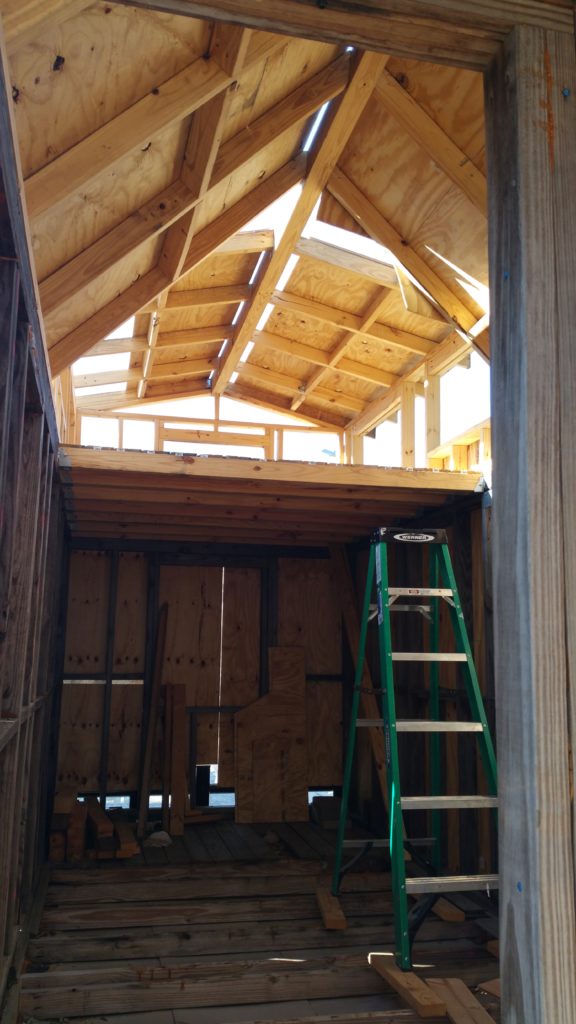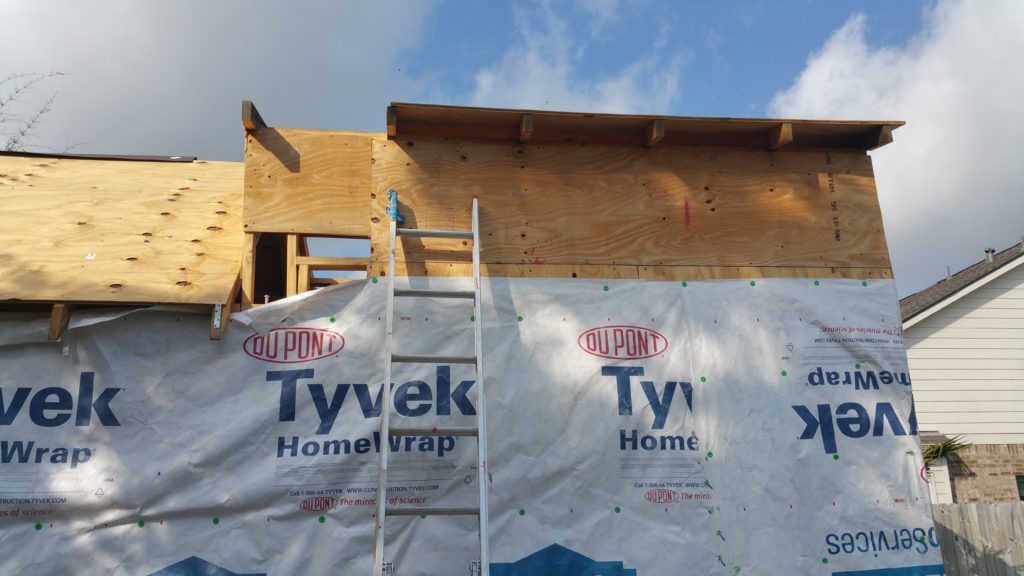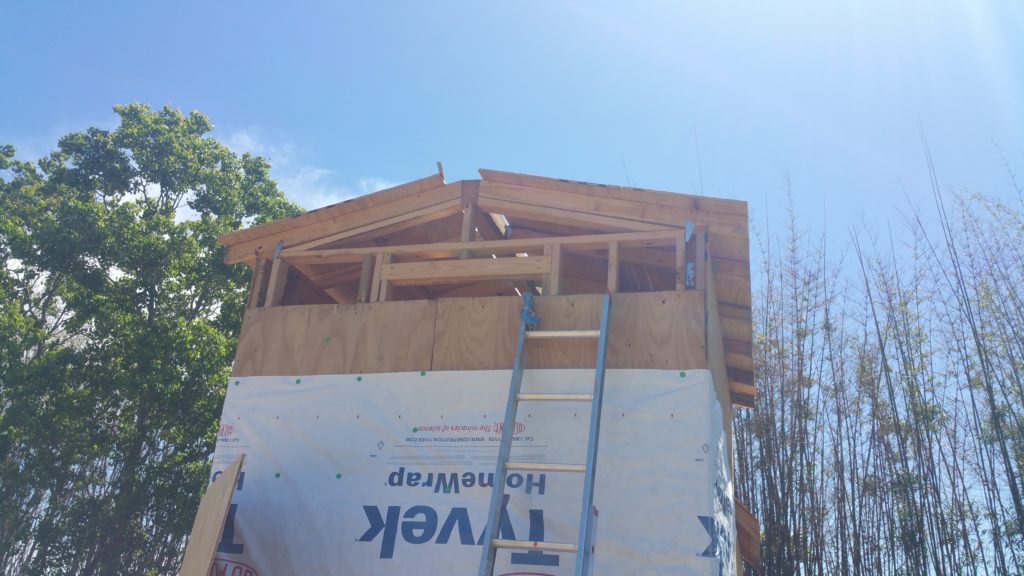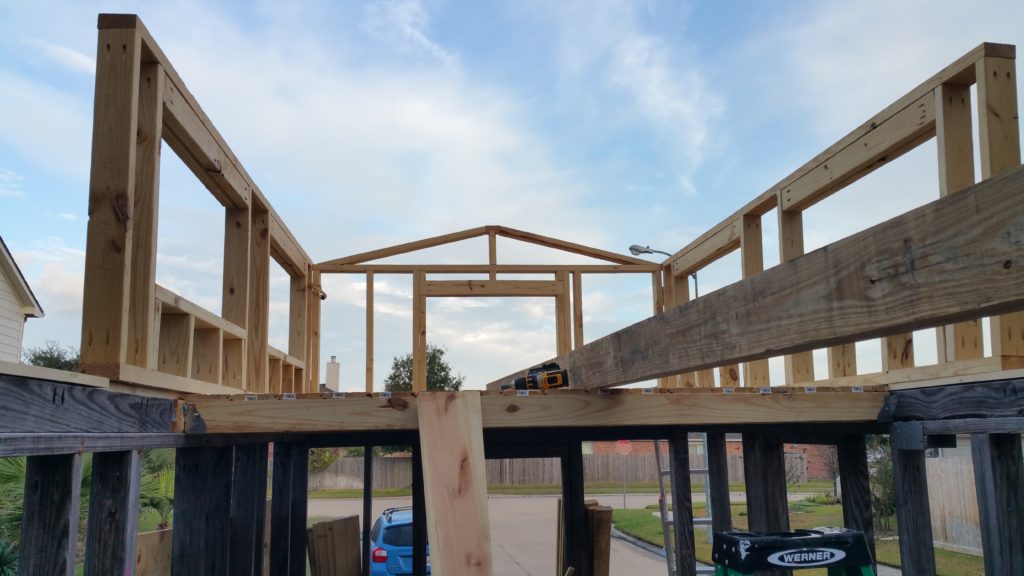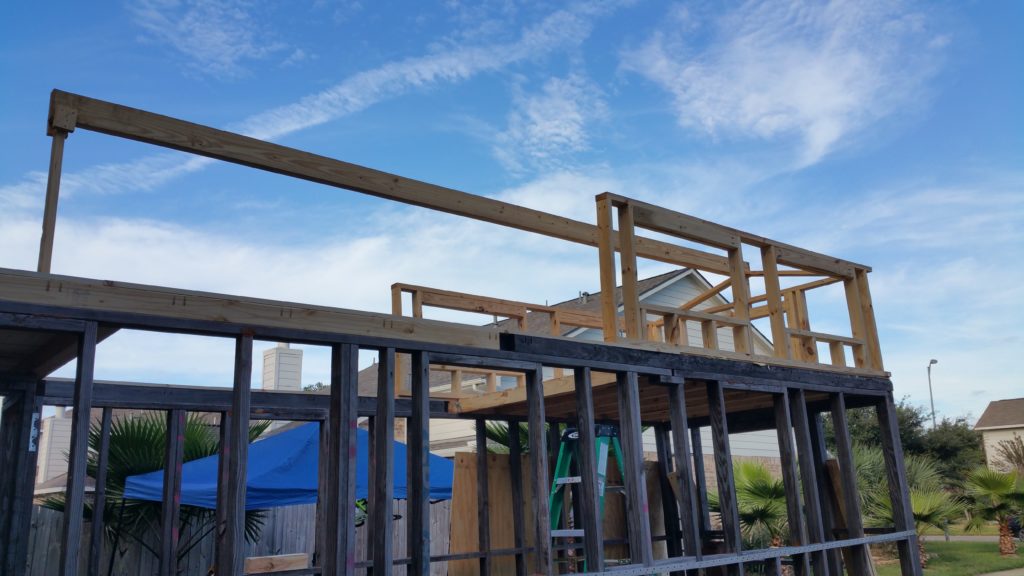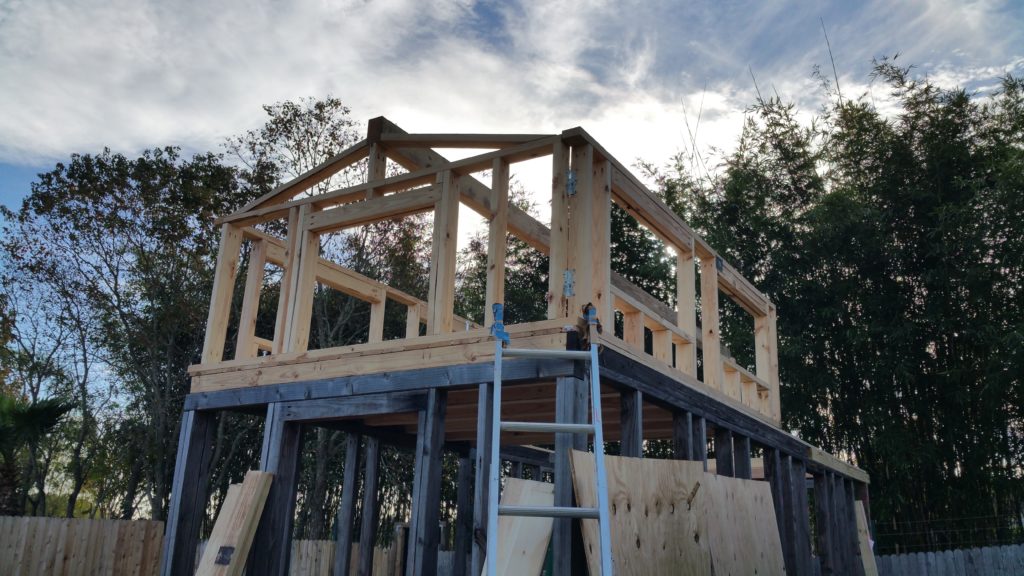Installing Ondura is fairly easy, using nails that have a rubber washer near the head to prevent rain intrusion.
The manufacturer says you can install it over anything, so I decided to lay down Corning Weatherlock-G, which is a ice and water barrier. It is also rough on the top side, so it is possible to (barely) walk on it and not slide to your death. I used the same nails on the Weatherlock as I did on the Tyvek .

